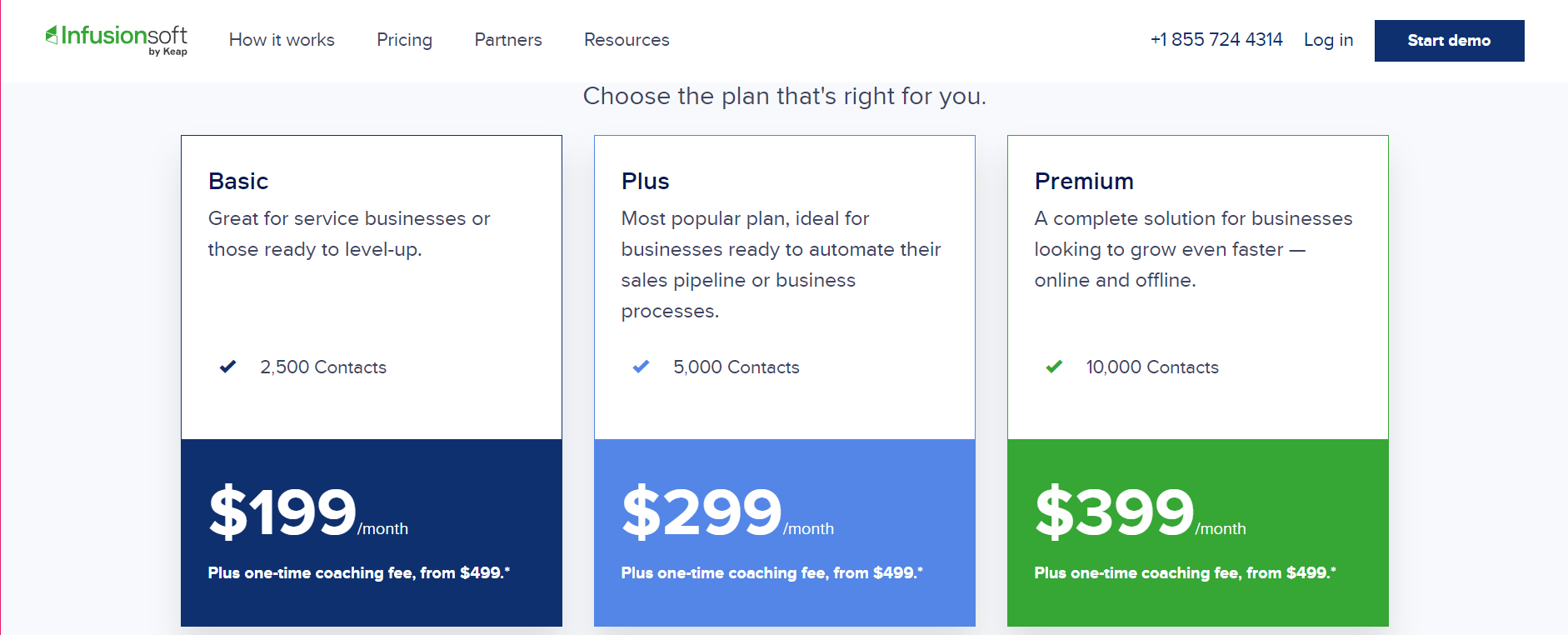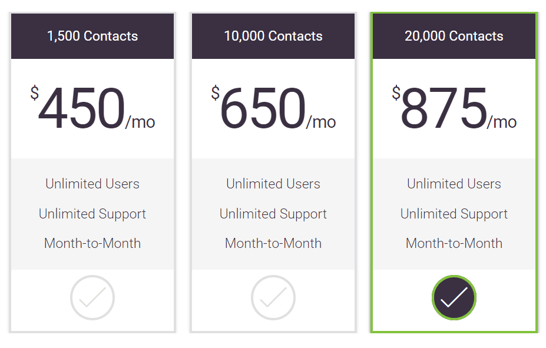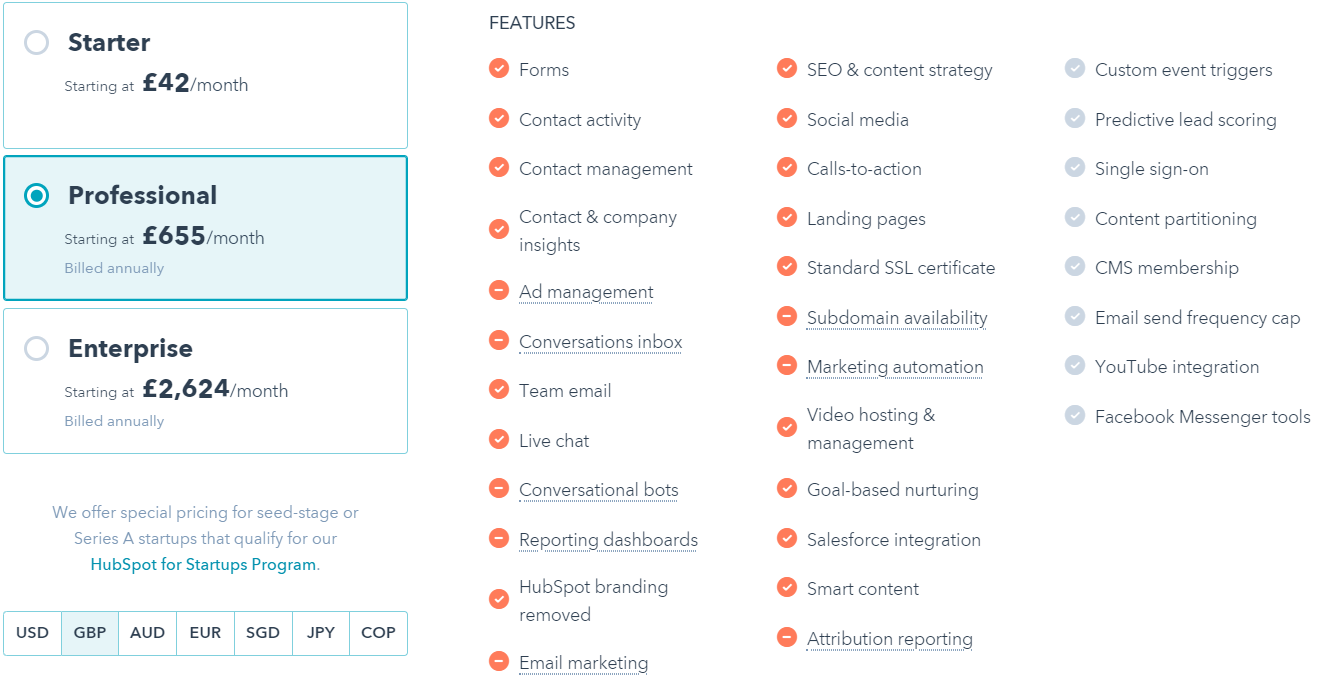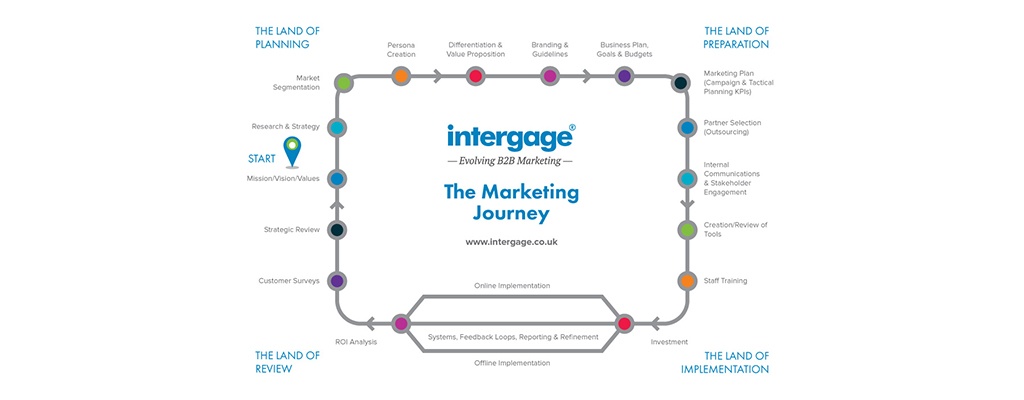How Much is Marketing Automation?
2
Minute Read
So you’ve decided that Marketing Automation may be what you’re looking for. You would like to increase your lead generation, and you’d like to improve your lead nurturing by thoughtfully helping your prospects until they are ready to buy.
But how will you persuade the rest of your company that you will get a return on investment? You will need to understand, not just the cost of the software license and ‘on-boarding’, but also the investment needed to get the strategy right.
So, first of all, what do the various software platforms cost? There isn’t room here to provide comparative pricing for all of the Marketing Automation software platforms (there are dozens), so here are three: Infusionsoftn by Keap, SharpSpring and HubSpot.
InfusionSoft

SharpSpring

HubSpot

These prices are correct as of February 2019.
As you can see, each offers a slightly different package and is described in a slightly different way.
When Will I See A Return On Investment?
This depends on so many factors: Are you automating all of your marketing processes, what kind of software platform have you opted for, how big is the team and how big is your investment?
The main contributions towards a return on your investment are time savings and the whole new approach to marketing that some systems bring.
You will undoubtedly save valuable marketing time by automating your manual marketing processes using rule-based systems. But what may have a bigger impact is the new approach to your marketing.
The platform that you use can force a change in your marketing and can be a catalyst for a great ROI. This is particularly true of HubSpot and its Inbound Marketing methodology. This extends right down to a different sales approach.
The new approach happens because the platform’s model forces you to stick to a way of marketing. And since you have invested in that platform, it makes sense to try it.
Doing the basics of blogging and revisiting your lead collection and email nurturing will improve your marketing results, and most tools will enable this.
So, the platform isn’t necessarily driving the ROI, but if the platform is deeply embedded in a highly structured approach it will make a big difference.
What is the cost if you don’t do anything?
There is also a cost of inaction.If, as the statistics show us, buyer behaviour is changing, and the old sales techniques don’t work as well as they did, you could start to fall behind your competition.
What would that mean to the organisation, or to your position in marketing?
If the competition is gaining an advantage from using Marketing Automation, you’ll need to invest just to keep pace with them.
Getting the Strategy Right
In a survey of companies who had implemented Marketing Automation the biggest barrier to successful implementation was “lack of an effective strategy”.
So how do you get the strategy right? As long-term B2B marketers, we like to start with the Marketing Journey:
So how do you get the strategy right? As long-term B2B marketers, we like to start with the Marketing Journey:

If you have covered all of the ‘stops’ on the journey then implementation will be a lot smoother. But perhaps the most important step to get right is creating in-depth, customer personas.
Before you start mapping out what exactly your automated processes are, you’ll need to decide who your exact audience is, what they respond well to, and where you should engage with them.
To be sure that you are going into Marketing Automation with a great chance of success, it makes sense to find a partner agency that can help you get the strategy right.
Taking Your First Steps Towards Marketing Automation
To find out more about Marketing Automation and how inbound marketing can work for you download our e-book.



